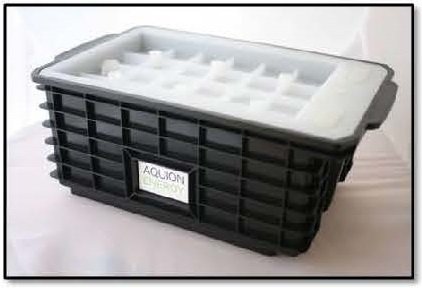As America moves closer to a clean energy future, energy from intermittent sources like wind and solar must be stored for use when the wind isn’t blowing and the sun isn’t shining. The Energy Department is working to develop new storage technologies to tackle this challenge -- from supporting research on battery storage at the National Labs, to making investments that take startup concepts to grid-scale solutions.

Batteries

Pumped Storage Hydropower
Learn More
-
OE's Energy Storage Program performs research and development on a wide variety of storage technologies, including batteries (both conventional and...
-
Dr. Imre Gyuk, recently awarded the NAATBatt Lifetime Achievement Award for Energy Storage, talks about what energy storage is, how the energy storage field has changed in the last 10 years and where it's headed.
-
2009 DOE Hydrogen Program and Vehicle Technologies Program Annual Merit Review and Peer Evaluation Meeting, May 18-22, 2009 -- Washington D.C.
-
A west Texas town recently became home to the largest battery storage on a wind farm, thanks to investments from the Energy Department.
-
Often described as “giant batteries,” pumped storage hydropower (PSH) plants account for the bulk of utility-scale electrical energy storage in the United States and worldwide.
-
A resiliency microgrid in Vermont will help keep critical facilities powered during emergencies.
-
On July 8, Governor Jay Inslee and the Washington State Department of Commerce announced more than $14 million in smart grid matching grants from the State’s Clean Energy Fund. This funding will help three utilities – Avista Corp., Puget Sound Ene...
-
UniEnergy Technologies and PNNL Recognized for Advancing Energy Storage at the National Level

